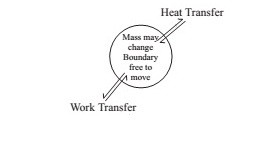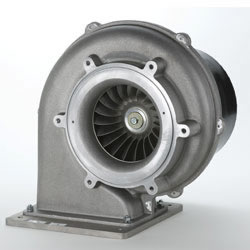Equilibrium: Equilibrium is that state of a system in which the state does not undergo any change in itself with passage of time without the aid of any external agent. Equilibrium state of a system can be examined by observing whether the change in state of the system occurs or not. If no change in state of system occurs then the system can be said in equilibrium.
Examples:
Let us consider a steel glass full of hot milk kept in open atmosphere. It is quite obvious that the heat from the milk shall be continuously transferred to atmosphere till the temperature of milk, glass and atmospheres are not alike. During the transfer of heat from milk the temperature of milk could be seen to decrease continually. Temperature attains some final value and does not change any more. This is the equilibrium state at which the properties stop showing any change in themselves.
Generally, ensuring the mechanical, thermal, chemical and electrical equilibrium of the system may ensure thermodynamic equilibrium of a system.
- Mechanical Equilibrium: When there is no unbalanced force within the system and nor at its boundaries then the system is said to be in mechanical equilibrium.
For a system to be in mechanical equilibrium there should be no pressure gradient within the system i.e., equality of pressure for the entire system. - Chemical Equilibrium: When there is no chemical reaction taking place in the system it is said to be in chemical equilibrium.
- Thermal equilibrium: When there is no temperature gradient within the system, the system is said to be in thermal equilibrium.
- Electrical Equilibrium: When there is no electrical potential gradient within a system, the system is said to be in electrical equilibrium.
When all the conditions of mechanical, chemical thermal, electrical equilibrium are satisfied, the system is said to be in thermodynamic equilibrium.




 3. Water in a tank
3. Water in a tank
